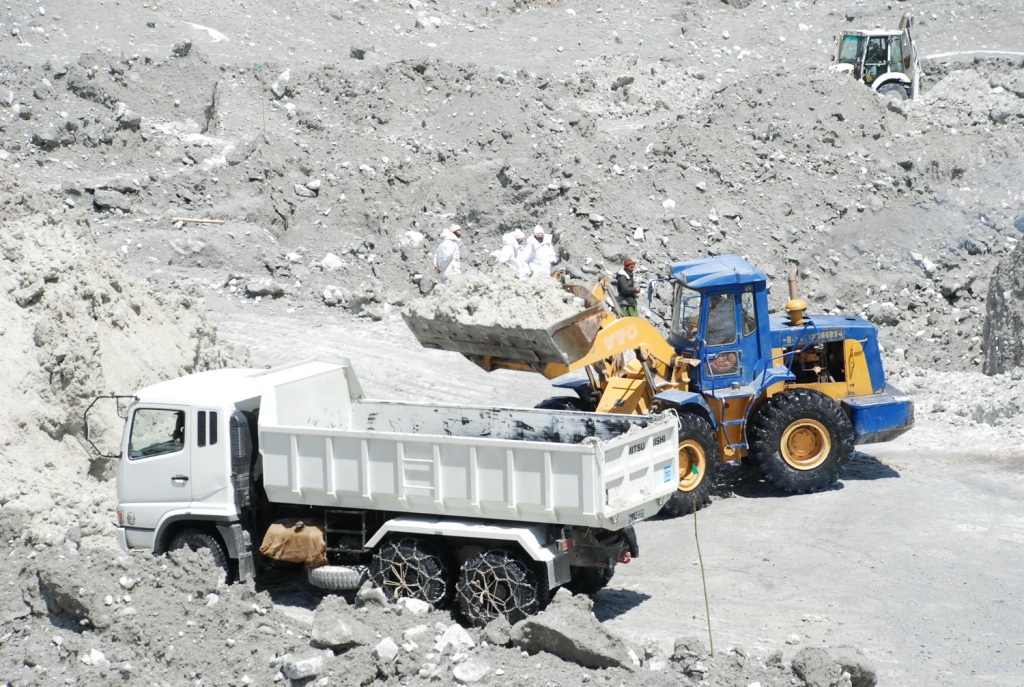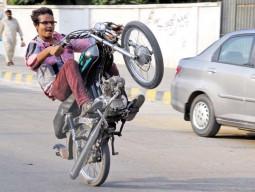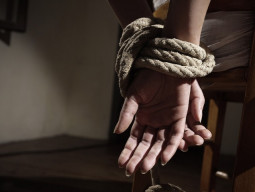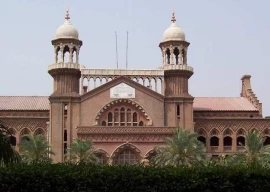
ISLAMABAD:
A year has passed since the worst tragedy hit the Pakistan military on a piece of land termed the “world’s highest battle field.”
On April 7 last year, an avalanche struck the military base in the disputed region of Siachen burying 140 people of the northern light infantry battalion, including 129 soldiers and 11 civilian employees, at the Gayari sector.
One year on, the rescue operation continues manifesting the enormity of the calamity.
From the total of 140 bodies buried under the snow, so far 121 have been recovered. The search for the remaining 19 is still ongoing.
A military official told The Express Tribune that incessant rescue efforts continued till the snowfall set in early this year.
“The rescue efforts will commence again as the weather permits,” said the official requesting anonymity.

Recalling the incident, the official described it as a huge snow slide blanketing an area of one square kilometre.
Providing information about the rescue measures put in place, he said that immediately after the tragedy, the efforts had started.
Heavy engineering machinery was moved in from Rawalpindi by air and also from Gilgit, Basham, Muzaffarabad and Chillas.
Since then, over 300 military personnel along with technical experts and 50 engineering plants had been working on the site till the winter season arrived in the area, the official explained.
A statement issued by the Inter-Services Public Relations (ISPR) paid tribute to “the shuhada of Gayari for their supreme sacrifice, their families for ultimate patience and those involved in the rescue mission for relentless efforts on the way of recovery.”
The Gayari incident has led to the renewed calls for the resolution of Siachen dispute between Pakistan and India. Since the conflict began in 1984, more than 2,000 soldiers from both sides have died, mostly due to hostile weather conditions.
“It is time that both Pakistan and India withdraw their troops from the Siachen Glacier,” said a man, who lost his brother in the catastrophe.
Speaking on condition of anonymity, he urged the Gayari calamity be taken as a lesson by both the states to realise that deployment of troops at Siachen is but a ‘futile exercise.’
Army Chief General Ashfaq Parvaiz Kayani, who travelled to Gayari after the incident, had said that the Siachen issue needs to be peacefully resolved, raising hopes for a negotiated settlement for demilitarisation of the area.
However, no indicators suggest that the two neighbours are anywhere near a breakthrough.
The Siachen issue revolves around a deadlock between the two countries over the location of the 110-km Actual Ground Position Line (AGPL) which passes through the Saltoro Ridge and Siachen Glacier.
In 2011, Pakistan handed over a draft to India envisaging resolution of the longstanding conflict. The proposal sought immediate withdrawal of troops to the pre-1984 positions, the year when the Siachen conflict began.
However, India has resisted the idea as it would mean pulling back its forces from the commanding peaks it holds since 1984. India wants Pakistan to authenticate the AGPL, both on the maps and on the ground, as it occupies most of the dominating posts on the Saltoro Ridge.
Pakistan, in turn, has been insisting on maintaining the troop positions as agreed upon in the Simla Agreement.
“It is the lack of political will and trust-deficit that is preventing a breakthrough,” remarked defense anyalst Lt General (Retd) Talat Masood.
Published in The Express Tribune, April 8th, 2013.
COMMENTS (6)
Comments are moderated and generally will be posted if they are on-topic and not abusive.
For more information, please see our Comments FAQ












































Whether it is Siachen or Kargil, or 1971 war, no responsibility is fixed on any one and the culprits are freely roaming in Pakistan and posing as leaders and saviours.
One year on and no enquiry to hold accountable someone for selecting an obvious avalanche prone area for a military base. I wonder what other location gems the same people have selected for the brave soldiers.
@Muhammad: Kindly stop posting such senseless comments!!!
Kindly stop wasting my money
My salutation!!! Your bravery is unmatchable, you are the true sons of this great nation of Pakistan. Every blood of yours is sacred. This nation will remain intact due to your sacrifice and with her you will remain invincible.
I salute the brave sons of Pakistan